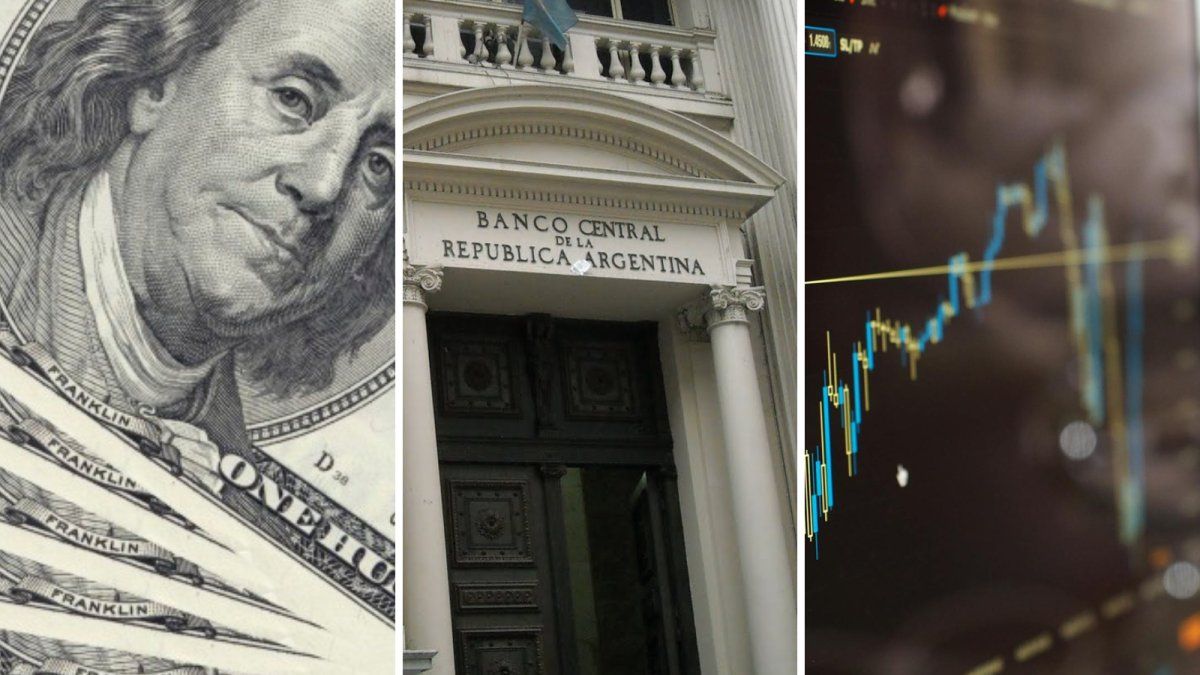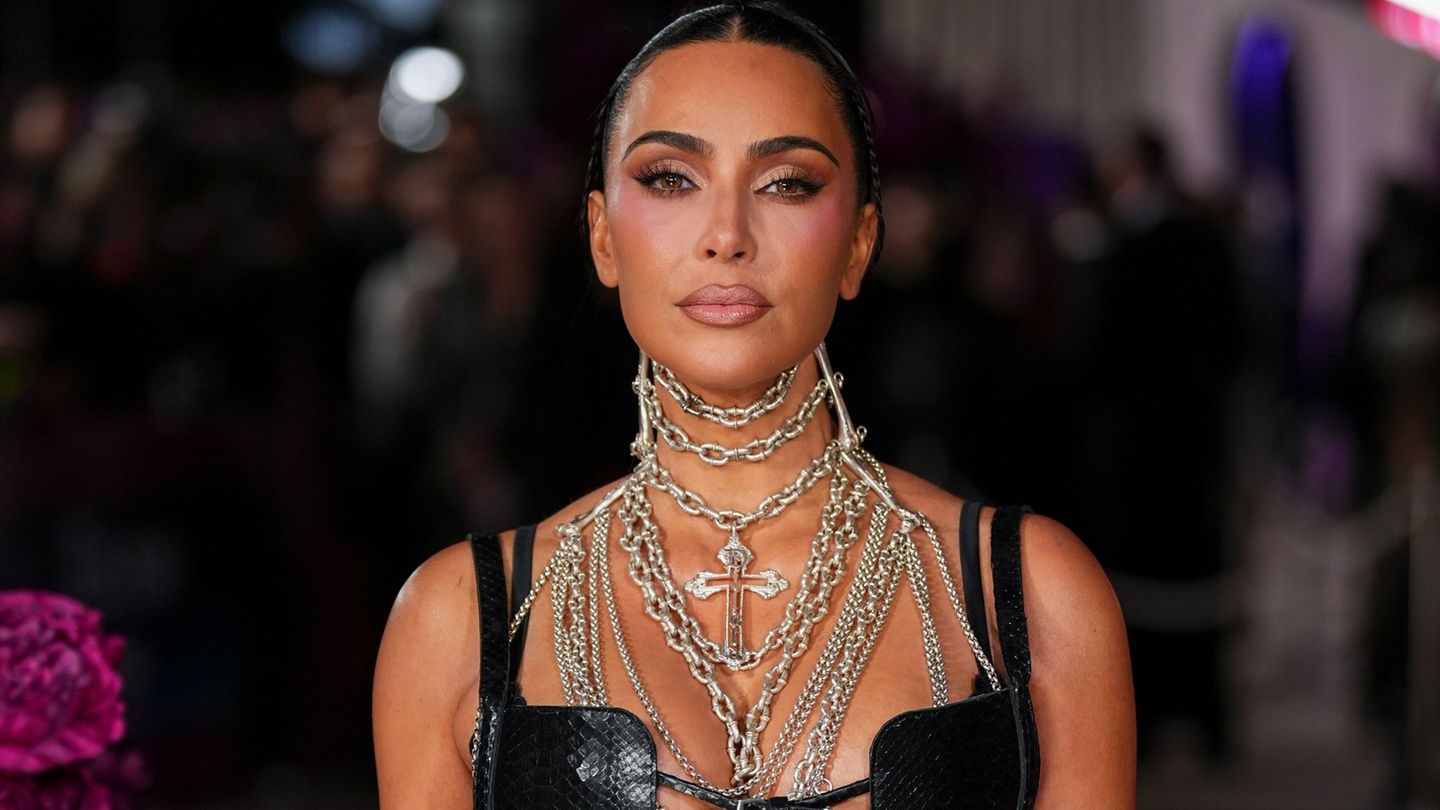During the month of January there was a lot of movement in the gross international reserves of the Central Bank of the Argentine Republic (BCRA)since last January 2 said gross reserves They were US $31,705 million and the next day he entered a Repo (short -term loan) of five international banks for an amount of U $ S1,000 along with some purchase of export settlement currencies reaching 32,774 million.
This movement generated a descending slide from the same 3 until Friday, January 31, which reached the order of the US $ 28,307 million from the 29,428 million on Thursday 30, a consequence of having sold about 650 million in a single day . Although Friday’s fall is increased by a payment close to 620 million to settle the IMF share next Monday, February 3 (although the real expiration is February 1). We should add everything and this gives us a drop of US $ 4,467 million.
Sources from the Ministry of Economy assured that the payment of the expiration scheduled for February 1 will be made “in a timely manner as always.” This will be the first payment to the International Monetary Fund (IMF) of 2025, a year in which the country must face maturities for US $ 2,500 million, corresponding to the interest of the loan of US $ 44,000 million granted to Mauricio Macri In 2018, according to the agreement signed by Alberto Fernández in 2022.
The disbursement will occur at a time when the monetary authority suffers a currency drainage despite the strong purchases made during January. The market is closely following the difficulties that the Government has to accumulate reserves, in the midst of the strong exit of dollars caused by tourism abroad and for allocating currencies to contain financial exchange rates.
The Minister of Economy, Luis Caputo, continues to seek US $1,000 million to strengthen the reserves of the Central Bank. Last week he concluded a high -level mission of the IMF, which, as Clarín anticipated, did not bring important ads. The international organization reported that negotiations will remain in progress in the coming weeks, hoping that there may be news after the conference of the spokeswoman Julie Kozack scheduled for this Thursday.
From the close environment to Caputo, it seeks to moderate expectations, although optimism grows by the rise of Donald Trump in the United States. The official evaluation of the Government is that certain objectives have already been met: a 0.3%financial surplus was reached, the monetary issuance and inflation were practically eliminated was reduced to 2.7%, all in the middle of a strong adjustment Prosecutor who has caused a deep recession and an increase in poverty, which exceeded 50% in the first half of 2024.
However, the IMF is cautious to the recent signs of deterioration in the exchange front. In January, the Central Bank closed with gross reserves of US $ 28.3 billion, which represents a drop of more than US $ 2,000 million due to debt payments, interventions in the financial dollar and import payments. In addition, economists warn about the “exhaustion” of money laundering.
In response, the Central Bank will reduce the monthly devaluation rate from 2% to 1%, which will imply an even greater appreciation of the exchange rate. In addition, Caputo ordered the reduction of withholding to soybeans, from 33% to 26%, with the aim of anticipating currency income. This measure, known in the IMF jargon as “fiscal devaluation”, seeks to increase competitiveness through a tax reduction.
“Crawling Peg”
The objective of the Government is to stop the fall of the reserves and stimulate the Carry Trade, adjusting the official exchange rate (Crawling PEG) and reducing interest rates, so that exporters liquidate their currencies in pesos. “The liquidations will begin when the purchases of raw material are aligned with financial costs and foreign sales,” said an exporter.
Milei Georgieva FMI G7
The government faces a new economic challenge while the reserves of the Central Bank fall, pressed for the payment of external debt and exchange measures.
Reuters
On the other hand, Javier Milei remains reluctant to unify the exchange rate, leave the exchange rate and devalue before the electionsa strategy that reminds the model implemented by Egypt to get US $ 8,000 million of the IMF. However, this approach has generated controversies: while some foreign banks and funds such as Templeton support it, Argentine bankers doubt that the government opted for such a radical measure before October.
In this context, Caputo expressed his discomfort last week before a Bank of America report, released by Clarín, who predicted a four -year agreement with the IMF, in exchange for lifting the exchange rate and performing a devaluation of 30%. This report not only includes the suggestion of reaching an agreement with the international body, but also the elimination of the passage.
Source: Ambito
I am a 24-year-old writer and journalist who has been working in the news industry for the past two years. I write primarily about market news, so if you’re looking for insights into what’s going on in the stock market or economic indicators, you’ve come to the right place. I also dabble in writing articles on lifestyle trends and pop culture news.




